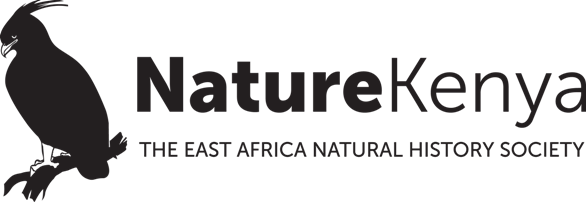By Makena Murithi
Forget complex chemical tests. The most telling sign of a healthy freshwater ecosystem might be the iridescent flash of a dragonfly’s wing. There’s a familiar magic to a summer’s day by a pond, punctuated by the insect’s darting flight. Like a living jewel, a dragonfly hovers with prehistoric grace. But what if this beautiful acrobat is actually a tiny, winged scientist on a continuous monitoring mission? This is the power of a bioindicator: a species whose presence, absence, or abundance tells a story about the health of its habitat.
Dragonflies are among nature’s most eloquent messengers for freshwater health because they spend most of their lives not in the air, but as underwater nymphs. Breathing through gills, they are intimately connected to their aquatic environment, absorbing its conditions directly. This long juvenile stage, which can last for years, makes them highly vulnerable to changes. They are sensitive organisms, threatened by pollutants, silt that clogs their gills, and low oxygen levels.
Different species have different tolerances, creating a natural indicator scale: a diverse population signals a clean, well-oxygenated habitat, whilst only a few pollution-tolerant species suggest a system under stress. Their complete absence is a major red flag.
This natural surveillance benefits us directly, as both nymphs and adults are voracious predators of mosquitoes and other pests.
Telling Aquatic Stories
Whilst the science is global, its application is powerfully local. Kenya is a hotspot for Odonata diversity, home to a stunning array of dragonflies and damselflies. The National Museums of Kenya Invertebrate Zoology collection acts as a vital ‘library of life,’ preserving specimens essential for identification and research.
By learning to recognise a few key species, we can read the stories written on the water. The presence of the striking Blue Basker (Urothemis edwardsii), a sentinel of health, indicates permanent, clean water. In contrast, the dominance of the beautiful but tolerant Broad Scarlet (Crocothemis erythraea) can signal a disturbed habitat. The majestic Blue Emperor (Anax imperator), a top predator, only patrols waters with a robust food web.
Join the Mission
You don’t need a lab coat to participate. Dragonflies are ideal for citizen science: they are active by day, conspicuous, and with apps like iNaturalist, it’s easier than ever to identify them. By simply visiting a local water source, observing the diversity of species, and logging your findings, you contribute valuable data to real scientific projects. Your observations become part of a crowd-sourced tool used by institutions like the National Museums of Kenya to track the health of our precious freshwater ecosystems.
Ultimately, protecting dragonflies means protecting the water we all depend on. So, the next time you see one skimming the surface, see it as more than a jewel. See it as a guardian and a scientist. Its silent flight is a living report card on the health of our most vital resource.
Visit the National Museums of Kenya to explore our incredible collections and learn more, or join a local wetland clean-up event to help ensure these winged scientists have a healthy home for generations to come.
